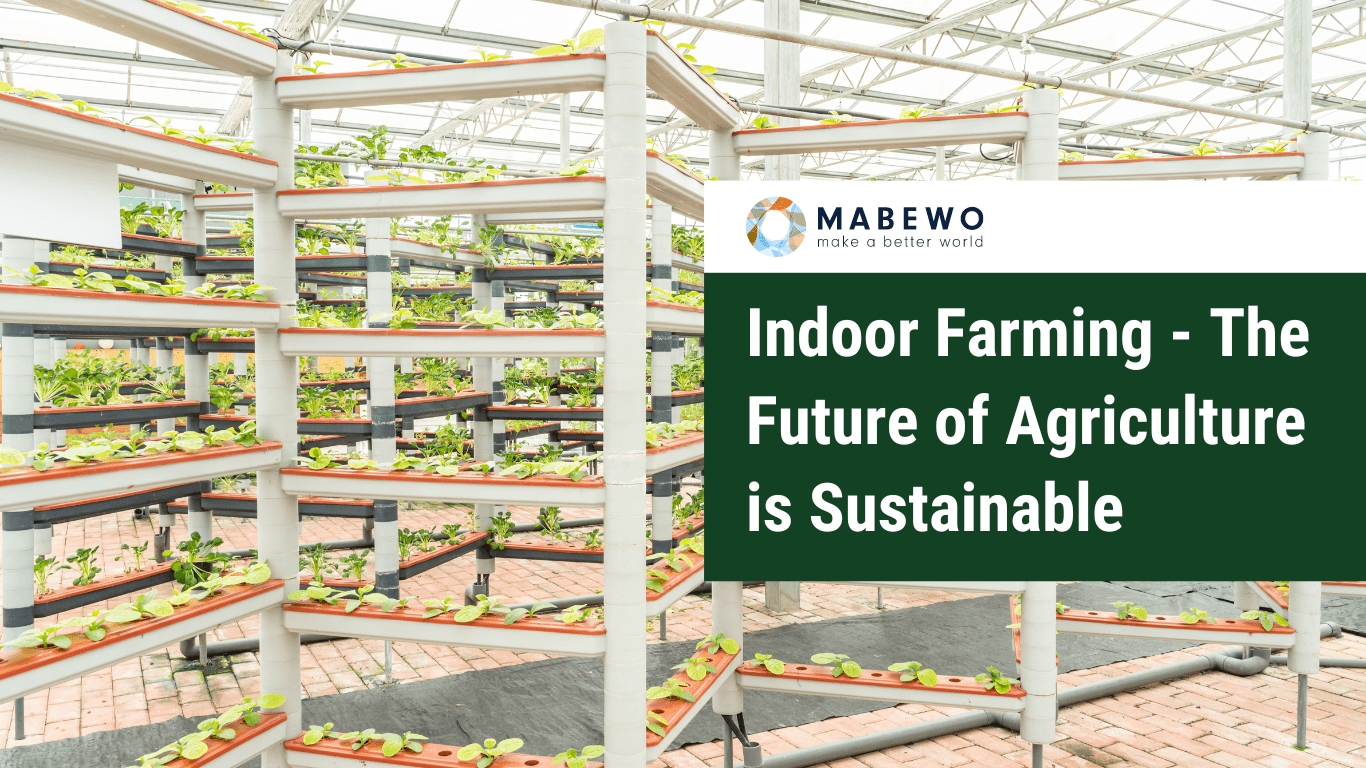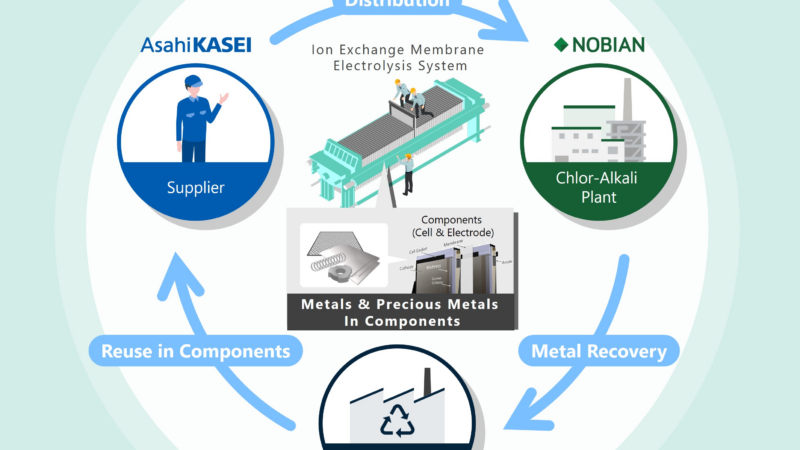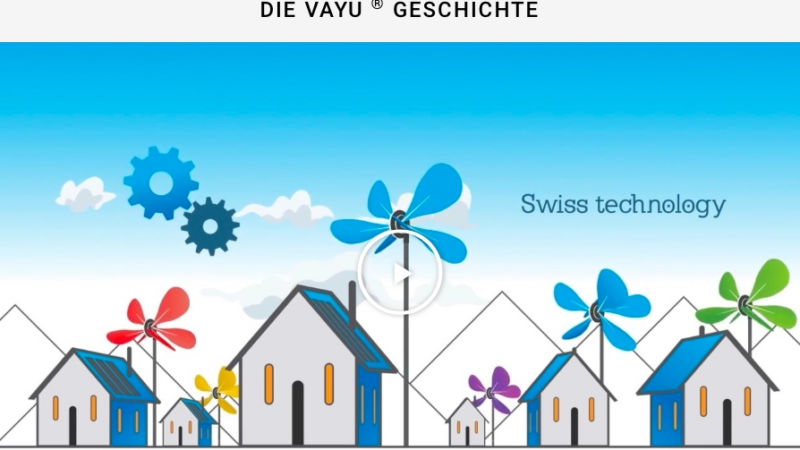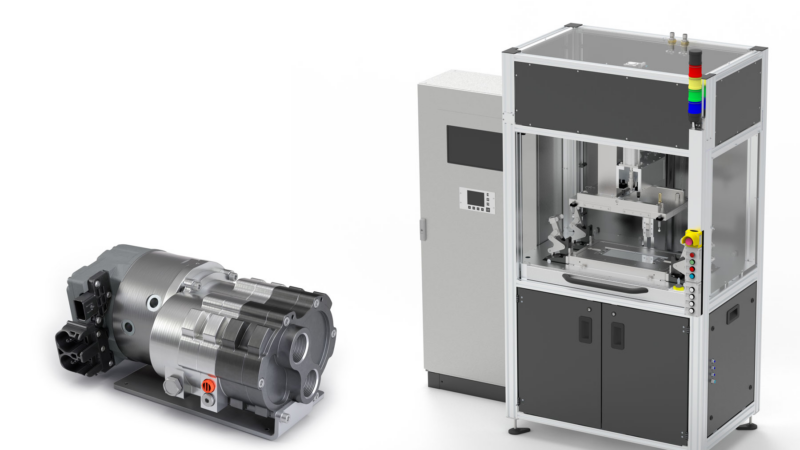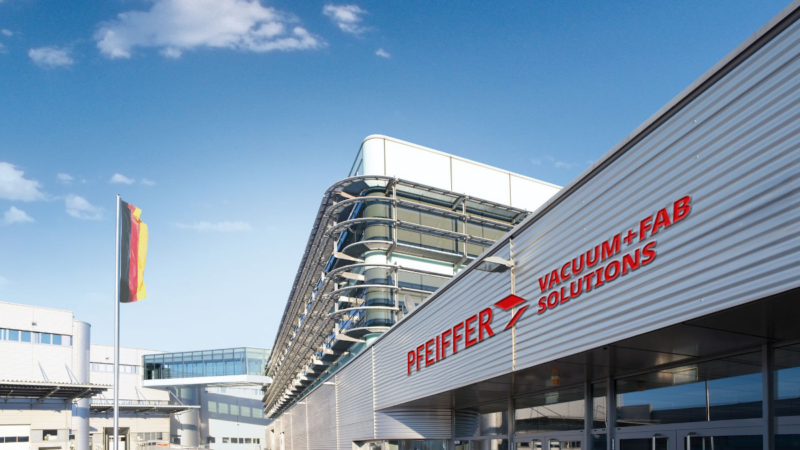In response to growing environmental and industrialization concerns, there is a new trend toward sustainable agriculture with vertical indoor farming solutions. Vertical farming is a new method of cultivation in which products are grown in vertically arranged modules. This development optimizes the agricultural process of growing more food in less space and regionally on site to conserve resources and ensure food security for the growing population.
How does vertical indoor farming work?
In vertical farms, plants are arranged in specially designed shelves or tower structures. These structures consist of several levels supported by lighting and irrigation systems. The lighting system mimics natural sunlight. Light-emitting diodes (LEDs) provide specific color spectra for photosynthesis and optimal plant growth. Modern agriculture makes itself independent of natural light sources through LEDs, the constant light ensures high-yield development and at the same time artificial light sources can be controlled.
Each level can be operated independently of the others, so that the plants on each level receive the optimum amount of light, water and nutrients. Irrigation systems in indoor farms are either hydroponic or aeroponic. Hydroponic systems use nutrient solutions to irrigate and provide nutrients to the plants, while aeroponic systems use water mists to water the plants. Both systems offer the advantage of using less water compared to traditional farming methods, and also make effective use of space. Vertical farming not only increases yields, but also reduces food transportation. The demand for year-round produce grown locally in the regions can be met with indoor vertical farms. It’s moving field work to the city, so to speak, but at altitude!
„The growing enthusiasm for vertical farming encourages the transformation of agriculture 5.0: pro biodiversity and contra CO2.“
Why is vertical indoor farming a promising field?
– Population growth challenge: The United Nations has published that the estimated world population in 2050 will be 9.7 billion people. This means a growth of 2 billion in three decades, for which food must be ensured.
– Resource conservation and land use optimization challenge: According to the United Nations, an estimated 80 percent of the world’s population will live in urban areas by 2050, up from 57 percent in 2021. Along with the growing population, the logistical problem of providing food to all those living in large cities far from the countryside is growing. Due to the shortage of arable land, the increase in efficiency cannot be compensated with large-scale agricultural production.
– The challenge of environmental protection and carbon footprint: With the Paris Agreement, 180 countries, including those of the European Union (EU), have committed themselves to limiting global warming. With the European Green Deal, the EU aims to achieve climate neutrality by 2050. One path that various countries are taking is offsetting emissions. Many companies offset their carbon emissions through the use of renewable energy and reforestation. On-site modular indoor farms also eliminate transportation costs, this reduces the carbon footprint sustainably.
What can we expect from indoor farming in the coming years?
The growing enthusiasm for vertical farming encourages the transformation of agriculture 5.0: pro biodiversity and contra CO2. Research, technology and investments are indispensable for the process optimization of indoor farming solutions. These solutions require optimal cultivation conditions for automated, regenerative, regional, climate- and energy-neutral production of crops with significantly higher quality than can be achieved in conventional farming. Only with this type of farming will Agriculture 5.0 succeed in shaping a world with future prospects in a sustainable way. Indoor farming with 100 percent renewable electricity, a variety of habitats that provide rich biodiversity with prospects. To produce high quality food and feed, farming systems need to be modified, such as crop rotation and variety selection that help reduce greenhouse gas emissions. Peaceful global coexistence can only succeed if the food crisis is solved with attention to environmental challenges.
What is needed is not waiting, but acting – with cross-border and sustainable solutions in the areas of climate change, energy transition and waste management.
V.i.S.d.P.:
Jörg Trübl
Environmental Engineer
Member of the Board MABEWO AG
Die MABEWO AG steht für Nachhaltigkeit. „Make a better world“ investiert in die Zukunft und entwickelt innovative Technologien, um die größten Herausforderungen unserer Zeit zu lösen: Klimaschutz, Energiewende, Ressourcenschonung und Lebensmittelversorgung. Herr Jörg Trübl ist ausgebildeter Umweltingenieur und verfügt über 20 Jahre praktische wirtschaftliche Erfahrung in der Unternehmensführung als Berater, Coach und CEO von KMUs in Europa.
Company-Contact
MABEWO AG
Jörg Trübl
Chli Ebnet 3
6403 Küssnacht/Rigi
Phone: +41 41 817 72 00
E-Mail: 
Url: https://www.mabewo.com/
Press
MABEWO AG
Maximilian Fischer
Chli Ebnet 3
6403 Küssnacht/Rigi
Phone: +41 41 817 72 00
E-Mail: 
Url: https://www.mabewo.com/
Die Bildrechte liegen bei dem Verfasser der Mitteilung.

